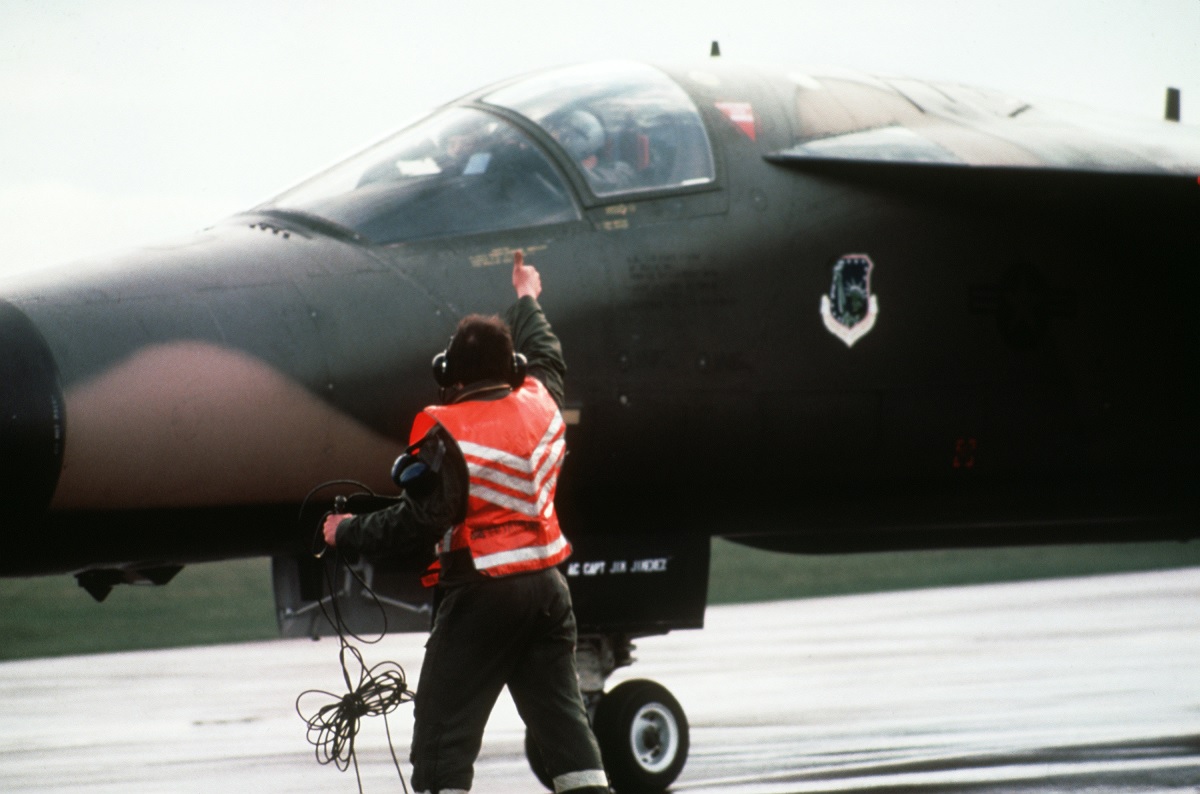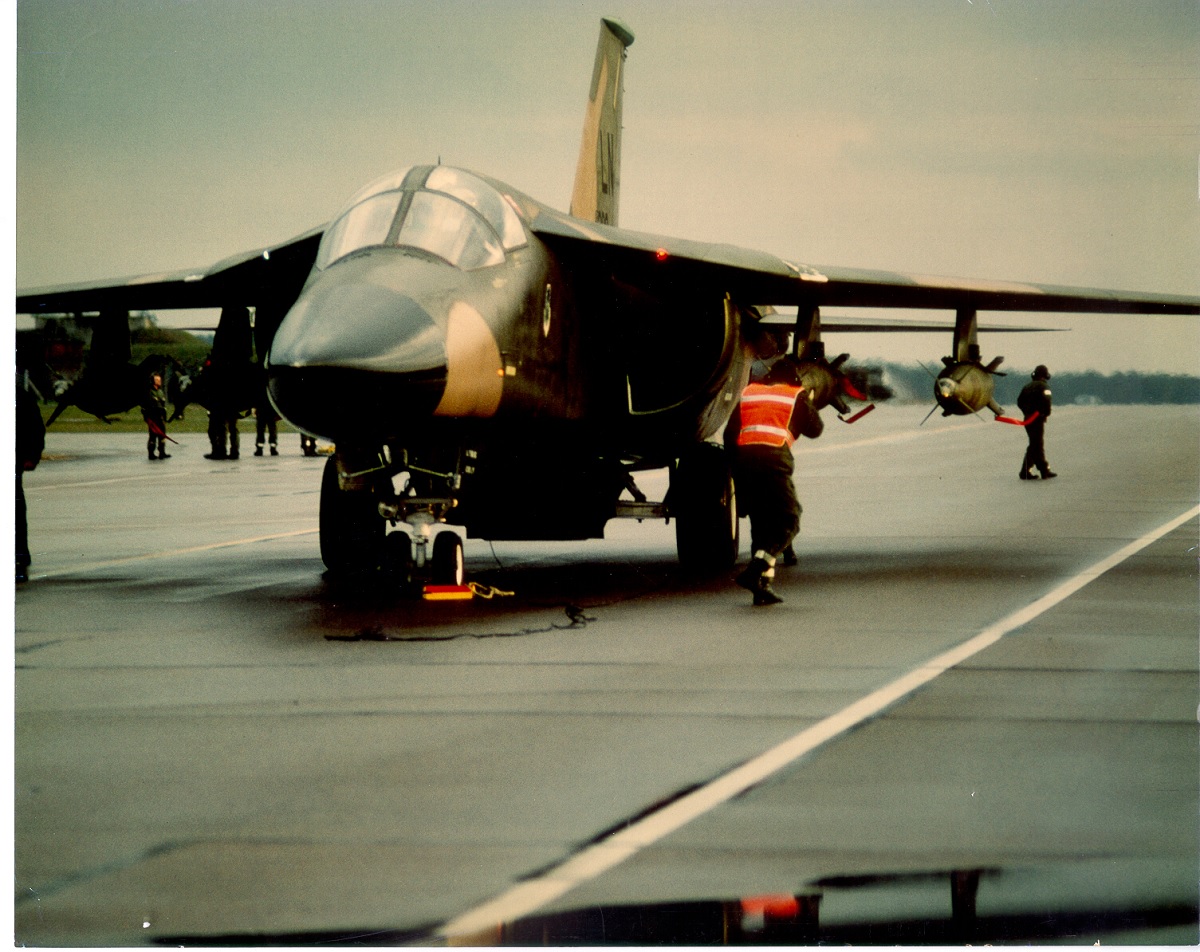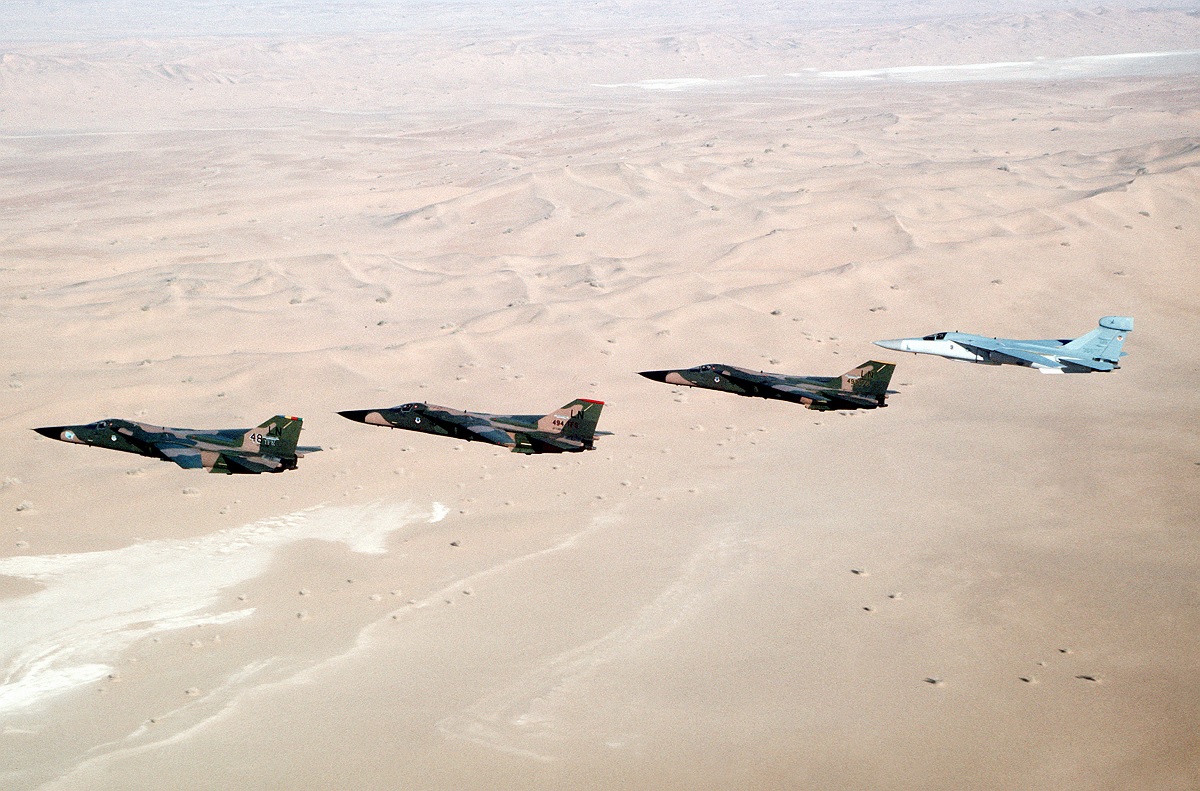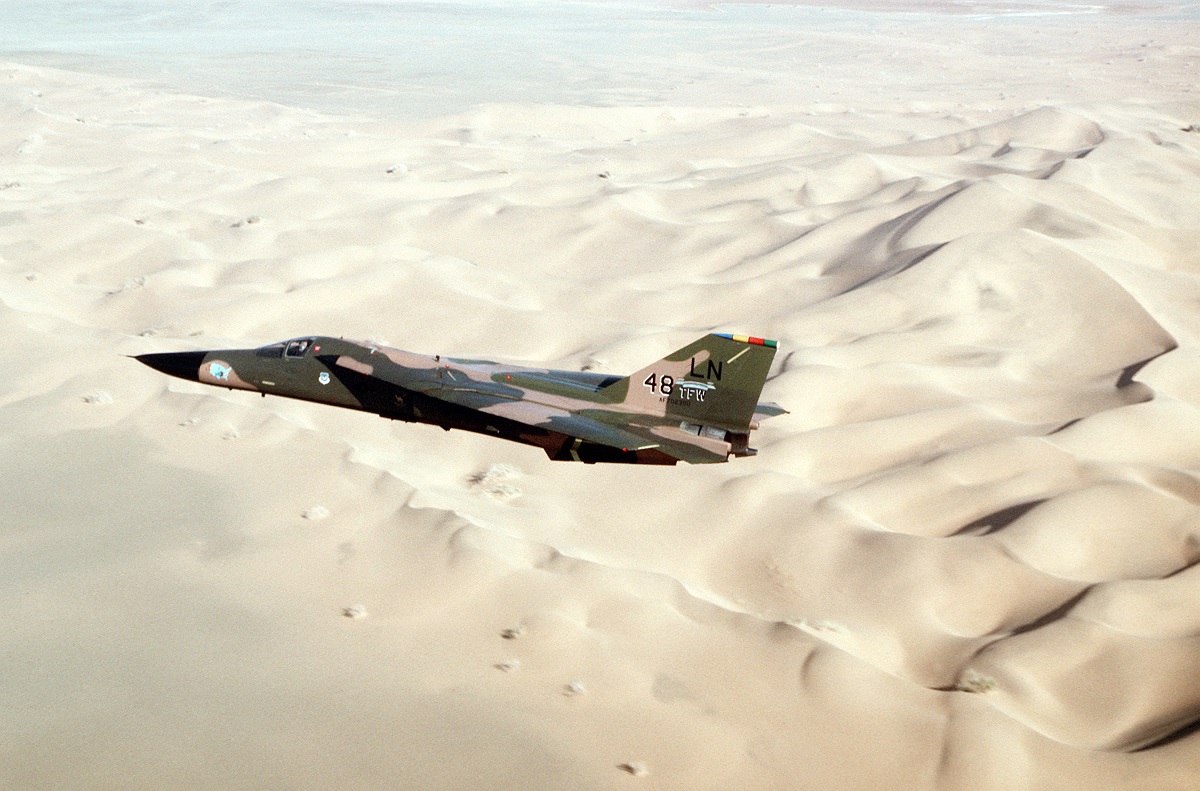Operation El Dorado Canyon, the Air Force’s longest combat mission flown by a tactical aircraft at the time, was hailed as a triumph
On April 14, 1986, at 5:13 p.m., President Ronald Reagan gave the order for U.S. Air Force (USAF) F-111F Aardvarks from the 48th Tactical Fighter Wing (TFW) to depart from Royal Air Force (RAF) Lakenheath.
As explained by Tech. Sgt. Matthew Plew, 48th Fighter Wing Public Affairs, in the article Remembering Operation El Dorado Canyon: 30th Anniversary, the airstrike was in response to the terrorist bombing of the La Belle Discotheque in West Berlin on Apr. 5 that claimed the lives of two U.S. soldiers and wounded more than 200 people.
The “El Dorado Canyon” operation marked the culmination of massive combined operations and international military cooperation aimed at ensuring the total destruction of terrorist training facilities connected to the attack in the Libyan nation of Africa.

As stated by Capt Gregory Ball, USAFR, Ph.D., in his article 1986 – Operation El Dorado Canyon, the relationship between the United States and Libya has been strained since the 1960s due to allegations of terrorism, arms smuggling, and espionage.
In 1986, tensions between the two countries reached a breaking point.
The United States severed diplomatic ties with Libya in January of that year. After Libyan forces fired surface-to-air missiles against Navy planes in March, the U.S. Navy replied. The U.S. authorities assigned Libya responsibility for the deaths of four passengers who perished on April 2, 1986, when a bomb detonated aboard TWA flight 840 over Argos, Greece. Terrorists finally bombed the La Belle Discotheque on April 5.
Operation El Dorado Canyon was started when the United States claimed to have “exact, precise, and irrefutable” evidence of Libyan involvement.

U.S. KC-135 and KC-10 tankers from the RAFs Mildenhall and Fairford, as well as five EF-111s from RAF Heyford, joined the strike force as they departed on their 7,000-mile roundtrip journey while flying in perfect radio silence. Due to flight constraints, the F-111s had a 3,500-mile mission that required four aerial refueling stops each way.
Two USS Coral Sea and USS America aircraft carriers launched A-6E Intruders, EA-6B Prowlers, F/A-18 Hornets, and A-7 Corsairs to give the Aardvarks more air-to-air defense and more air-to-ground support as they flew over Libya.
Ball notes that at 6:54 p.m. eastern standard time, the Navy support aircraft supplied the surface-to-air missile (SAM) suppression while the EF-111 aircraft started electronic countermeasures against the Libyan air defenses.
While 13 F-111s attacked the Aziziyah barracks in Tripoli and the Sidi Bilal terrorist training center, Navy strike aircraft hit Benina Airfield and the military installations in Benghazi around 7:00 p.m.
Five Aardvarks carried out the mission’s final attack, which targeted the military airfield in Tripoli. Sadly, only four of the F-111s were able to effectively drop their bombs. Seven additional people missed their targets, while six had mechanical issues or were prevented from dropping due to strict rules of engagement (ROE).

Captains Fernando L. Ribas-Dominicci and Paul F. Lorence perished when one F-111 with the call sign “Karma 52” lost contact over the Gulf of Sidra after departing the target area.
By 7:53 p.m., all Navy aircraft had reached their carriers; however, one F-111 had to make a detour to Rota, Spain, due to an overheated engine while returning to England.
As the longest combat mission flown by a tactical aircraft for the Air Force at the time, the mission was regarded as a success.
Ball did note that there was some dispute, though. First, the U.S. Navy asserted that its resources might have been used to complete the entire operation.

Second, the commander of the 48th TFW thought that the original plan of a small group of F-111s had become too large, which made him think that there was little chance of surprising the Libyan defenses and that the quantity of aircraft would give air defenses time to focus on the second wave of attackers. However, supporters of the larger strike force thought the danger was worthwhile because it would cause the targets far more damage.
37 persons were killed and 93 were injured as a result of the incident. Furthermore, when Muammar Gaddafi of Libya appeared on television 24 hours later to denounce the strikes, he was clearly disturbed.
Today, an F-111 is prominently displayed in the RAF Lakenheath airpark as a reminder of the base’s illustrious past. A monument honoring the members of the 495th Tactical Fighter Squadron (TFS) is located across from the 48th Medical Group hospital, and a plaque honoring Ribas-Dominicci and Lorence bears their names.

The following video explains the organization and conduct of Operation El Dorado Canyon.
Source: U.S. Air Force and Air Force History Support Division
Artwork courtesy of AircraftProfilePrints.com
Photo by Tech. Sgt. Matthew Plew / U.S. Air Force

